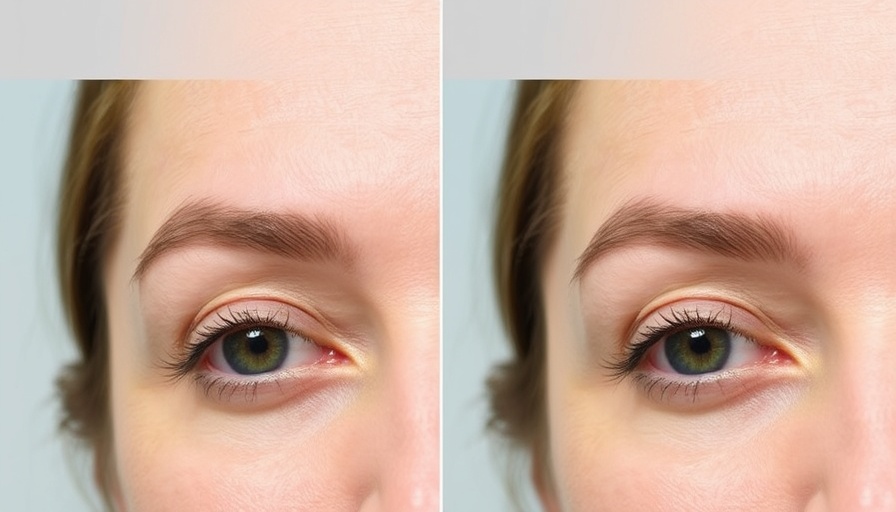
Unveiling New Insights on Glabellar Lines Treatment
In a groundbreaking development in aesthetic medicine, Dr. Sebastian Cotofana presented his unpublished research at the 20th anniversary of Music City SCALE, held from May 14 to 18 in Nashville, Tennessee. His study sheds light on novel approaches to treating glabellar lines—those vertical creases between our eyebrows—using neurotoxins. Interestingly, Dr. Cotofana's findings reveal substantial improvements in forehead wrinkle severity even without direct treatment.
The Mechanisms Behind Muscular Adjustments
Dr. Cotofana's longitudinal clinical study, titled "Continuous Improvement of Frontal Rhytids Following Glabella Only Treatments with Neuromodulators: A Clinical Prospective Pilot Study," demonstrated that over three treatment cycles targeting the glabellar depressor muscles, the underlying mechanics of facial muscles evolved. The study delineated how relaxing specific muscles allowed their counterparts—the elevator muscles—to work more efficiently, thereby subtly enhancing the appearance of adjacent untreated areas, particularly the forehead. This cumulative effect, he argues, signifies a complex relationship between anatomical structures that can be leveraged in patient treatment.
Innovation in Facial Anatomy Research
In exploring the evolving understanding of facial anatomy, Dr. Cotofana emphasizes the intricate interplay between different muscle groups during facial expressions. His session introduced new imaging technologies, particularly high-resolution MRI scans, that have enabled scientists to view the dynamic relationship between muscle activity in real-time. This innovative research offers valuable insights into the effective administration of neuromodulators, tailoring treatments to enhance natural expressions while combating signs of aging.
Implications for Aesthetic Treatment Strategies
The clinical implications of Dr. Cotofana's study are profound. By showcasing the role of muscle rebalancing, aesthetic practitioners might refine treatment plans that avoid direct injections into certain high-risk areas, such as the forehead. This approach minimizes potential complications associated with such procedures, pushing the boundaries of current aesthetic techniques to embrace a more holistic method of facial rejuvenation. It also promotes a safer landscape for patients seeking cosmetic enhancements.
A Look at Current Trends in Aesthetics
The exploration of treatment avenues moving beyond mere cosmetic fixes towards root cause corrections reflects a broader shift within the aesthetic community. With increasing scrutiny on the safety and efficacy of procedures, practitioners and patients alike are looking for maximally effective treatments with minimized risks. Dr. Cotofana's findings align with this trend, offering a promising path forward.
Future Directions in Neurotoxin Research
As the discussion on neuromodulator treatments continues to evolve, the insights shared by Dr. Cotofana lay the groundwork for future research in the field. By employing advanced imaging techniques paired with a thorough understanding of muscular dynamics and emotion-related expressions, clinicians can fine-tune their approaches, ensuring high-quality patient outcomes.
Takeaway: Enhanced Patient Care through Research
In conclusion, Dr. Cotofana’s work signals a pivotal moment for enhancing aesthetic treatments. Practitioners are encouraged to consider these fresh insights into treating glabellar lines while watching for patient reactions and outcomes. The shift towards a research-backed, anatomical understanding points to a more efficient future in aesthetic practices, ultimately prioritizing patient safety and satisfaction.
 Add Row
Add Row  Add
Add 

 Add Row
Add Row  Add Element
Add Element 




Write A Comment